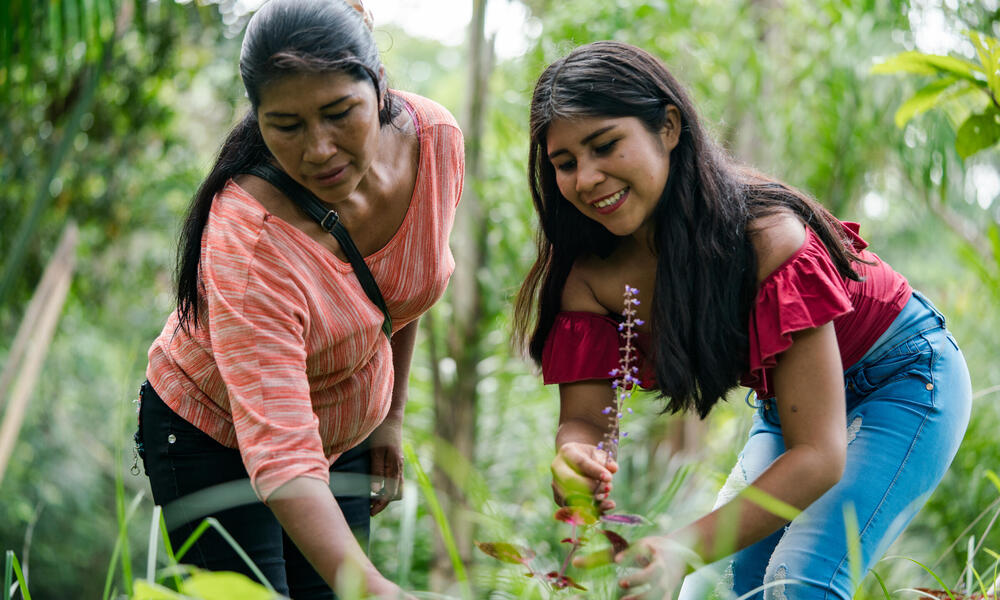WWF’s approach to area-based conservation
WWF places people at the forefront of our area-based conservation work. Our collective conservation efforts equally prioritize conserving nature with sustaining nature’s contributions to people, such as providing clean water supplies or enabling access to natural resources that are critical for livelihoods. We view each landscape and seascape as a collective of the local environment, biodiversity, ecosystem services, human livelihoods, and culture. All of these are intrinsically linked and together they define a place and its needs.
WWF works closely with many diverse partners to support locally-led area-based conservation initiatives across the globe. These include government agencies; Indigenous peoples and local communities; non-Indigenous farmers, fishers, ranchers, and foresters; and private landholders, among others. We provide strategic and expert support for protected and conserved areas, landscape and seascape planning, climate adaptation and mitigation, and conservation finance.
For WWF, successful area-based conservation is dependent upon several key factors:
Rights, participation, and equity
Effective area-based conservation requires inclusive and rights-based approaches that respect and draw upon a mix of knowledge systems. Indigenous peoples and local communities should be recognized and respected as stewards of their lands, waters, and resources, participating in decision-making on issues that affect them. Likewise, women and marginalized people should play a meaningful role in decision-making and share in benefits such as natural resource livelihood activities. From conception to design to governance, area-based conservation must be inclusive, respond to local aspirations and challenges, and promote equitable natural resource governance.
Conservation beyond ‘protected areas’
While protected areas like national parks often get the spotlight, a much broader range of lands and waters contribute in diverse ways to biodiversity, climate, and other environmental goals. These include many private, government, community, and Indigenous-conserved areas that may not have nature conservation as their primary goal, but which nonetheless are managed in ways that make important environmental contributions. These areas are being recognized through various means, including as "other effective area-based conservation measures." But in many parts of the world, these areas are under threat, and rights-holders often need support to withstand these forces. Supporting local stewards, securing these diverse places, and ensuring ecological connectivity between them, are critically important.
Well planned and effectively managed systems
Area-based conservation is most effective when landscapes, seascapes and river basins contain a well-connected mosaic of areas that conserve representative biodiversity and a range of ecosystem processes. Networks of conservation areas should be designed not only for today’s conditions, but also for resilience against anticipated future conditions such as changing climate and development. Some critical areas may need to be restored in order to conserve nature (such as wildlife corridors) or provide services to people (such as watersheds).
Effective management of individual areas is also very important. Though some existing areas are well-managed, others have inadequate or inequitable management, or none at all. Appropriate management approaches should be determined case by case, based on local needs and contexts.
Synergies with other global goals
In a fast-changing world with mounting challenges, area-based conservation must be prioritized and integrated with other global health and development goals. This means focusing on synergies among biodiversity conservation, human development, and climate action. None of these can succeed in isolation.
Towards 2030
This is a crucial decade for people, biodiversity and the planet, representing an opportunity to advance the global conservation paradigm by providing space for the expression of diverse voices and amplifying their experiences at local to international levels.
